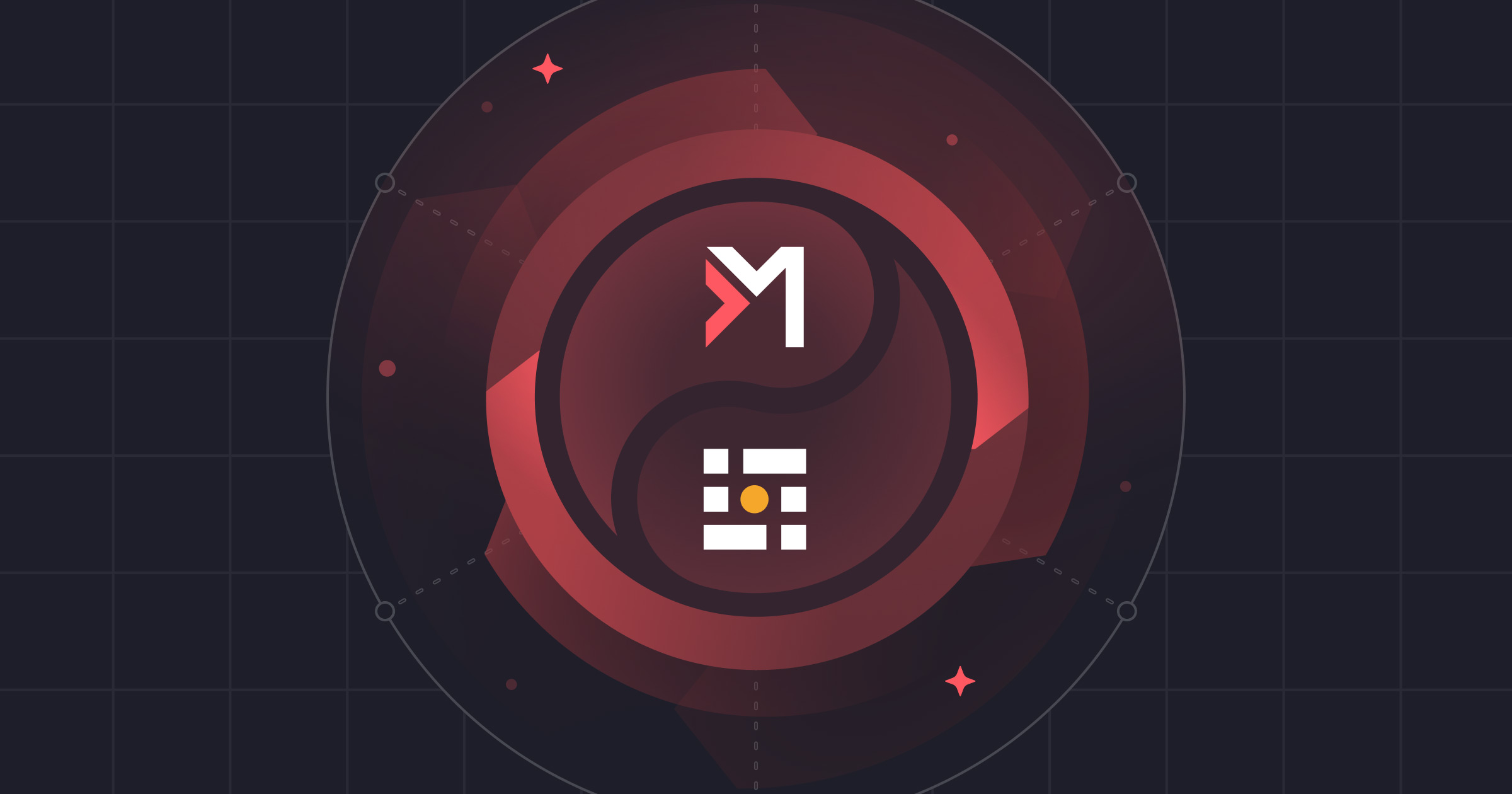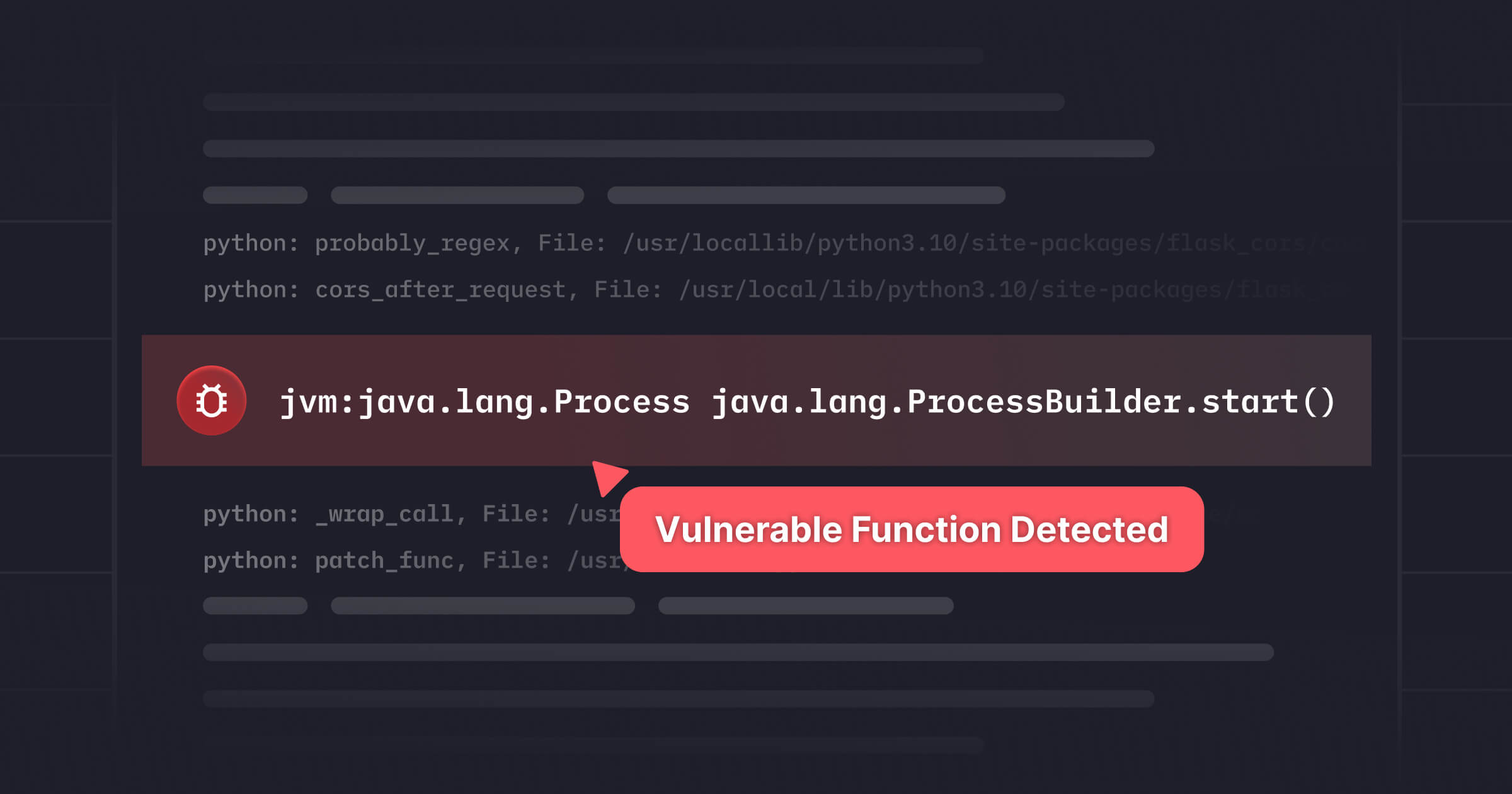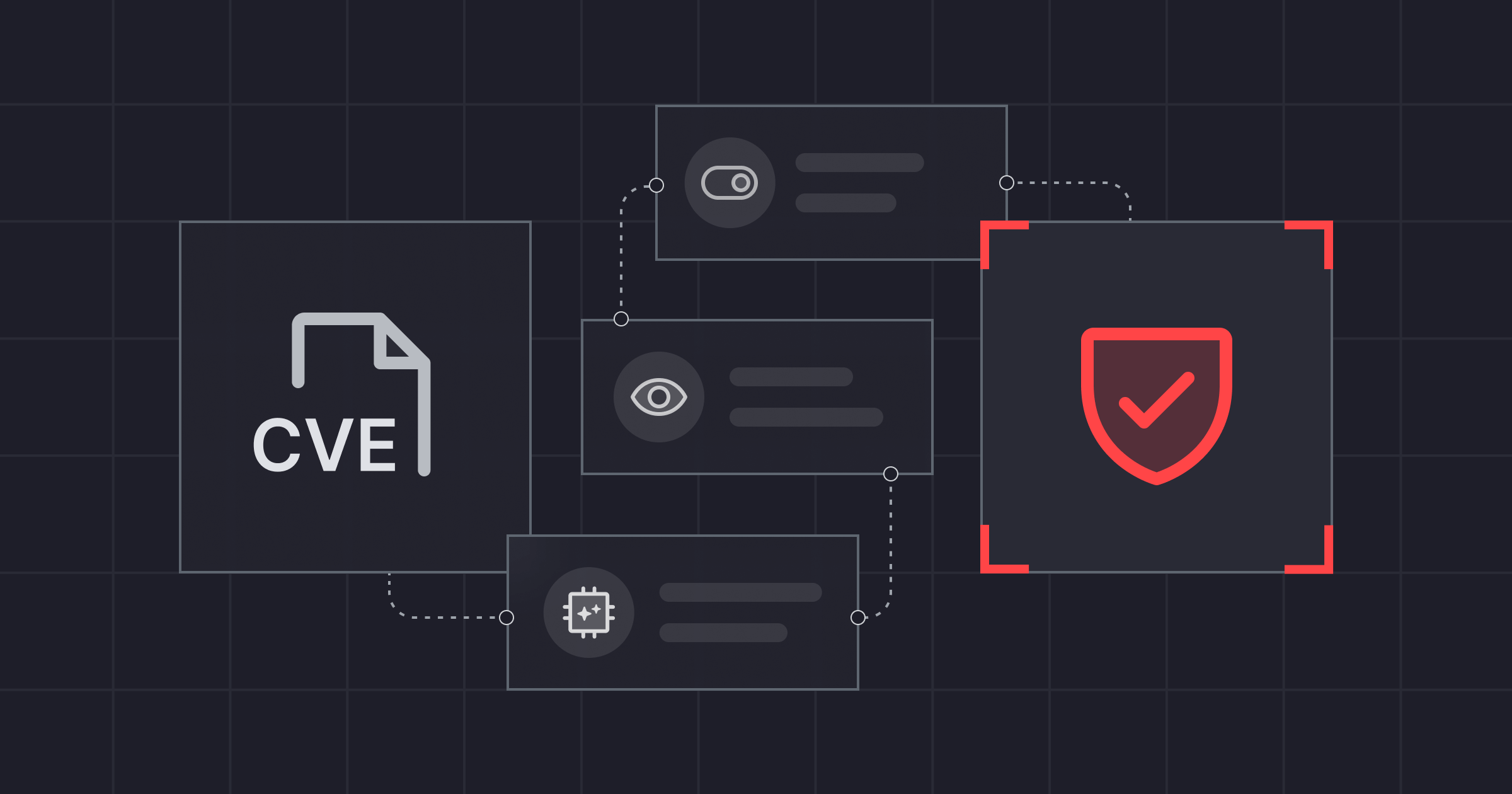Miggo WAF Copilot: CISO Analysis of AI-Driven WAF Rule Automation research paper provides an independent, expert-level analysis of Miggo WAF Copilot, examining its role in addressing one of application security’s biggest challenges, the widening gap between how fast attackers weaponize new vulnerabilities and how slowly defenders can respond.
The paper evaluates Miggo WAF Copilot through several key dimensions:
- Technical Architecture: How Miggo WAF Copilot combines predictive vulnerability intelligence, runtime context, and AI automation to generate WAF rules.
- Process Workflow: The approach from vulnerability ingestion to rule deployment and validation.
- Operational Fit: Integration with existing WAF platforms and security operations workflows.
Excerpted from the paper:
The consensus is that WAF Copilot represents an approach which is different from the way most organizations are using their WAFs. Organizations without mature WAF expertise or with limited resources can see the immediate value as it provides a safety net that would otherwise be absent. For larger enterprises, who currently do not use their WAFs to reduce exposure to new CVEs, it represents a paradigm shift in the way they currently work to prove its value.
Adoption will likely follow the typical technology adoption lifecycle: early adopters, attracted by the promise of automation, will test WAF Copilot in production. Their experiences will inform whether the broader market perceives it as a must-have capability or as a niche optimization.
For larger enterprises with dedicated WAF engineering teams, Miggo WAF Copilot could be a force-multiplier, giving expertise and continuously updated intelligence with exploitability/runtime reachability context. The upcoming features (e.g., infrastructure auto-discovery, rule retirement, vendor rule analysis, false positive auto-tuning) represent even bigger differentiators than the current precision of rule generation alone. That is why Miggo WAF Copilot is best understood as part of a layered security strategy, helping organizations withstand the first wave of exploitation attempts, creating breathing room for sustainable fixes and cultural shifts toward more secure engineering.
By automating the generation and validation of WAF rules, WAF Copilot seeks to transform WAFs from static, manually tuned filters into dynamic instruments capable of rapid adaptation. In doing so, it moves the role of WAFs from a reactive afterthought to a proactive control aligned with the tempo of modern threat activity.
In conclusion, Miggo WAF Copilot signals a shift in how defenders can leverage AI. Rather than manually chasing attackers exploit by exploit, organizations can now begin to automate the most time-sensitive defensive steps and reserve scarce human expertise for higher-order strategy and remediation. If successful, Miggo WAF Copilot will not only improve WAF management, but also demonstrate how AI-augmented runtime security can serve as a cornerstone in the evolving paradigm of proactive, context-aware defense.
Click here for the full research: Miggo WAF Copilot: CISO Analysis of AI-Driven WAF Rule Automation






